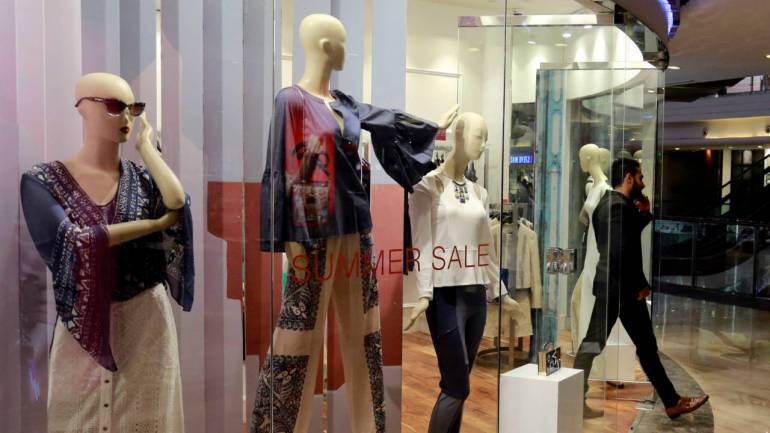
Fast fashion is the latest business model in the clothing industry. Brands like Zara have been able to use this model to turn their business into a profitable one. The model essentially involves producing more and more clothes in a short amount of time to keep up with the latest fashion trends.
Zara is now known for its highly effective supply chain, making Amancio Ortega, co-founder of Zara, one of the richest people in the world.
Inditex-owned Zara became a market leader in the already crammed textile retail segment. Yet, the segment has seen incredible growth.
In India, clothing prices have gone up by 272 percent between 1995-2014, compared to a 156 percent increase in prices of consumer goods, as per a report by Mckinsey.
The number of garments purchased annually has also gone up by 60 percent. As a result, the compressed production cycle found a way to meet the growing demand. Clothing production doubled in 2014 as compared to 2000, the report suggests.
However, the enviable growth of this hot segment seems to be threatened as consumers are becoming more aware of the environmental cost of fast fashion.
As a result, fashion houses were forced to adapt to more ‘sustainable’ ways of doing business.
But the question remains, how sustainable is sustainable?
Are these business houses addressing the problem of plastic microfibres being released in the environment, carbon emissions, the resource-heavy demands of production, including gallons of water, and dealing with textile waste, among other problems?
A step towards solving this problem is simply to buy fewer clothes and buy only natural fibres. Basically, ‘Reuse, Reduce and Recycle’.
A new trend, which wasn’t a norm in India, is soon catching up. It is the buying and selling of pre-owned clothes. Apart from being easy on the pocket, buying pre-owned clothes is a sustainable solution to eliminating the negative impact of production for the second time.
In a lot of countries, like the US, buying and selling used-luxury fashion is a trend that thrives on attractive resale prices. Several underdeveloped countries even import used clothes. Rwanda was one such country which used to import used clothes till 2018.
This emerging trend might come as a threat to the fast-fashion houses once it starts catching up. Reports cited by CNBC suggest that by 2028, the used-fashion market will hit $64 billion in value in the U.S. compared to the fast-fashion business of $44 billion.
But how keen are Indians to invest in used apparel over new clothes?
In the US, the second-hand clothes market was worth $24 billion in 2018, whereas, the fast-fashion figures stood at $35 billion, as per the report. Some suggest that it has to do more with a rise in e-commerce as buyers are no longer required to hunt or rummage for used clothes only in thrift stores.
A major barrier in India could be a lack of buyer confidence in the quality and safety of second-hand clothes. Nohar Nath, Founder & CEO of Kiabza, a ‘re-commerce’ website to buy and sell branded pre-owned fashion, has a different take on it.
He questions, if more confidence should be put in clothes off the production line which have been tried by plenty of people at malls, or used clothes fresh out of the laundry.
He believes that it’s the closed mindset behind the reluctance to wear used clothes more than the problem of hygiene. He further explains that a piece of clothing that has been worn but is coming fresh from the laundry is far more hygienic than new garments that have been touched by several people during production and tried by many at the malls. According to the founder, it is similar to reusing bed sheets at hotels which are washed and reused.
Kiabza, the website which started in 2018, now has a loyal customer base of 2500 people for used fashion. The brand maintains several fashion brands for men, women, and children acquired from potential sellers. After an in-house quality check, the used clothes are sent for dry cleaning or washing before being listed on the website for sale.
Companies like Kiabza use the B2C business model by using logistics partners to perform the job of pick-up and delivery to sellers/buyers or donors of clothes to charity partners.
Purchasing used dresses not only helps the environment, but it also creates a new competition for old-line fast-fashion retailers. The Indian market might soon become part of the projected fast-growing used-fashion segment.
[“source=moneycontrol”]
